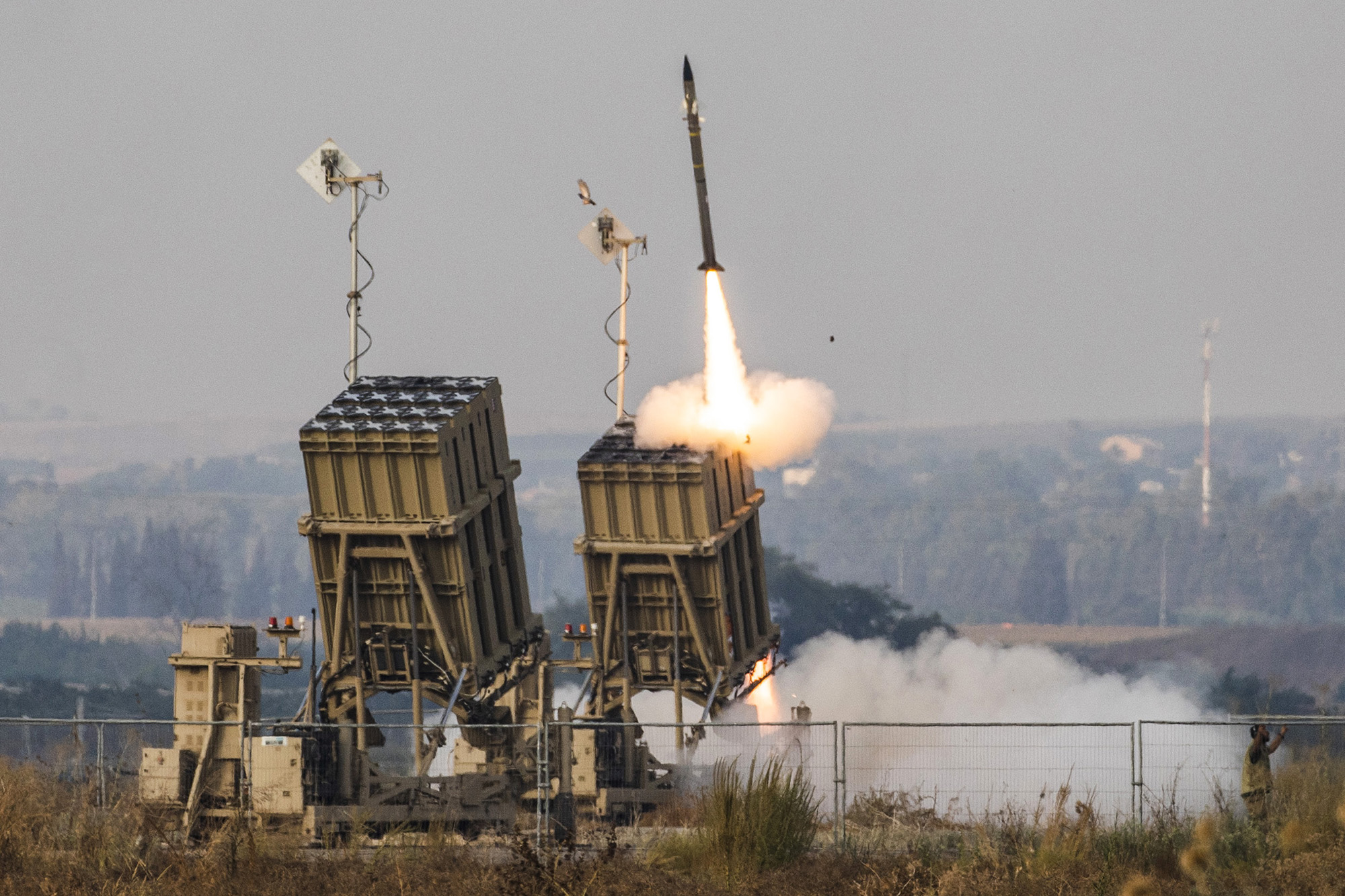In the early hours of June 13, the Israel Defense Forces launched what it dubbed a “preemptive” operation against not just the Iranian nuclear program, but the wider threat of Iran’s. With billions of dollars worth of sophisticated and multilayered aerial defenses, Israel has long been prepared for a full-scale assault by Iranian missiles and drones. Those layers of. Israel’s preemptive strike on Iran targeted nuclear and military sites to stop Tehran’s rapidly advancing nuclear weapons program and growing missile threat. After years of failed diplomacy, Iran defied IAEA warnings, expanded uranium enrichment, and launched direct missile attacks on Israel . The strike aimed to prevent a nuclear-armed Iran and protect Israel from further aggression by. There's a specific kind of math that could determine just how much longer the war can go — how many long-range missiles Iran has versus how many missile interceptors Israel has to shoot them down. Israel’s air defense against Iran , explained Israeli officials this week reported an interception success rate of more than 90 percent. Nearly a month after Iran ’ s October 1 missile attack, Israel responded early Saturday morning with an unprecedented, wide, and publicized Israeli strike on Iran. The attack brought Tehran into. On October 25 , Israel executed a meticulously planned air assault on 20 military sites across Iran, primarily missile production and strategic air defense facilities. The Biden administration’s restraints on the Israeli political and military leadership limited the scope of the strikes. Israel and its allies have successfully defended against Iran’s missile attacks thus far, but it has required an extraordinary level of cooperation, and the challenge is likely to only get. Israel launched a barrage of direct airstrikes on Iran overnight in a high-stakes retaliatory attack that has threatened to bring the Middle East closer to a regional war. The idea was that an Israeli attack on Iran would trigger a massive missile and drone barrage from Hezbollah and other Iranian proxies – Hamas, the Houthis, and the Shi’ite militias in Iraq.
The World Reacts to Israel's Controversial Iran Attack
The Long-Term Effects of Israel's Syria Strikes
Iran-Backed Militias: The Threat Growing Closer to Home
